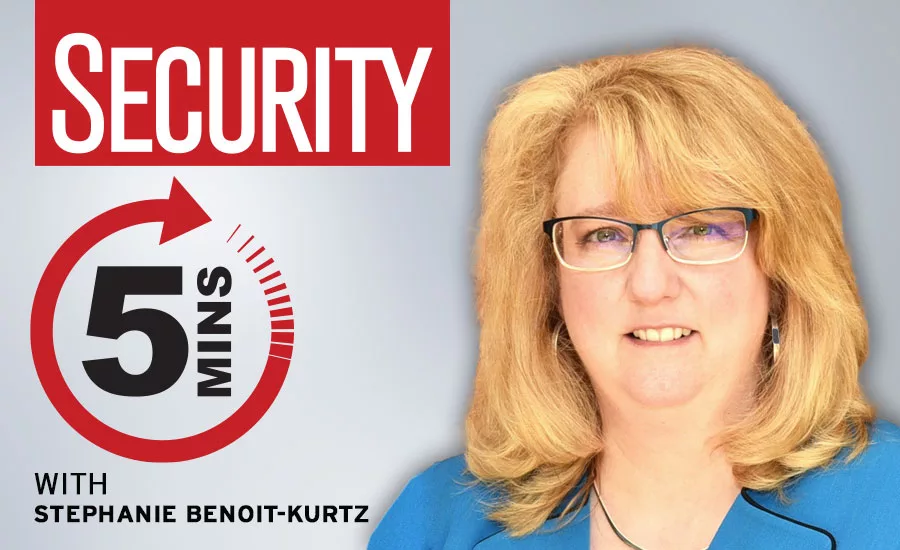5 minutes with Stephanie Benoit-Kurtz – A seat at the table

Meet Stephanie Benoit-Kurtz, lead of cybersecurity faculty at the University of Phoenix – Las Vegas. She is also director of cybersecurity for Station Casinos in Las Vegas. She has spent three decades in the IT industry, working for a variety of large and small organizations and as a consultant.
In the early days of her career, despite being part of the team responsible for implementing decisions at the IT company where she was employed, she “was routinely left out of the decision-making process. At that time, IT and data security were broadly viewed as the province of men,” she says.
According to Benoit-Kurtz, the doors of gender expectation opened incrementally, but women continue to be underrepresented in IT, with just 20% of all jobs held by females in 2018. She explains it took her 15 years to receive an invite to the table.
“My struggles encouraged me to serve as a role model for other women hoping to blaze their own trail in this male-dominated field,” she says. Here, we talk to Benoit-Kurtz about how the cybersecurity space has changed over time, and how the industry can embrace more individuals to meet demand and close the cybersecurity gap.
Security magazine: How has the cybersecurity field evolved over time?
Benoit-Kurtz: The changes in the field have been enormous. Now, cybersecurity threats often involve ransomware and phishing attacks through email, and even more sophisticated methods like social engineering. We used to just be worried about viruses and locking server rooms. Nothing could have prepared us 25 years ago for what we see today.
Security magazine: Why does the industry need to embrace diversity to meet demand?
Benoit-Kurtz: Women remain a minority in the male-dominated field of IT and data security. As I see it, organizations cannot afford not to embrace diversity at a time when there is a dire shortage of cybersecurity professionals to meet the demands of industry, government, and other organizations.
In the United States alone, it’s predicted that there will be two million job openings by 2023 for people equipped to handle cybersecurity threats. The COVID-19 pandemic has accelerated the labor shortage with the increase of attacks. Within the U.S. alone there are over half a million open cybersecurity roles that are unfilled.
When you think about that number and how big that is we can’t train individuals fast enough to completely close the gap.
Security magazine: What advice do you have for women and diverse individuals?
Benoit-Kurtz: I had tons of people tell me I didn’t belong. Now I sit at the table, and I am comfortable in that place. It is incumbent on me to be the voice of diversity and be an agent of change to create awareness of the need for diversity inclusion. When it comes to women and minorities, they have to have strong grit and tenacity to get to that place. My recommendations for working in cybersecurity:
- Research and stay abreast of developments. Read cybersecurity news over the morning coffee so you’re conversant about industry news and developments.
- Collaborate. Get to know other cyber professionals and engage with them.
- Relationships. Forge relationships with others in cybersecurity.
- Resources. Tap into the resources that are available through organizations such as PCI, Information Sharing and Analysis Center (ISAC) and National Institute of Standards and Technology.
- Pursue certifications in areas of focus. Certifications provide professional credibility and opportunities. Continue to maintain the certifications and seek to be a lifetime learning.
- Network. Get to know other cybersecurity professionals via events, LinkedIn, professional organizations, and mentors. Always seek the chance to participate in diverse events, and remember to bring others with you along the way.
- Find a mentor. It is important to have someone in your corner that you can have conversations with, gain nuggets of advice, and learn different perspectives.
- As you find your way, remember to give back to the community and the industry by donating your time to mentor, teach others, and work with the youth of today as this will assist in closing the gap and building the leaders of tomorrow.
Looking for a reprint of this article?
From high-res PDFs to custom plaques, order your copy today!





